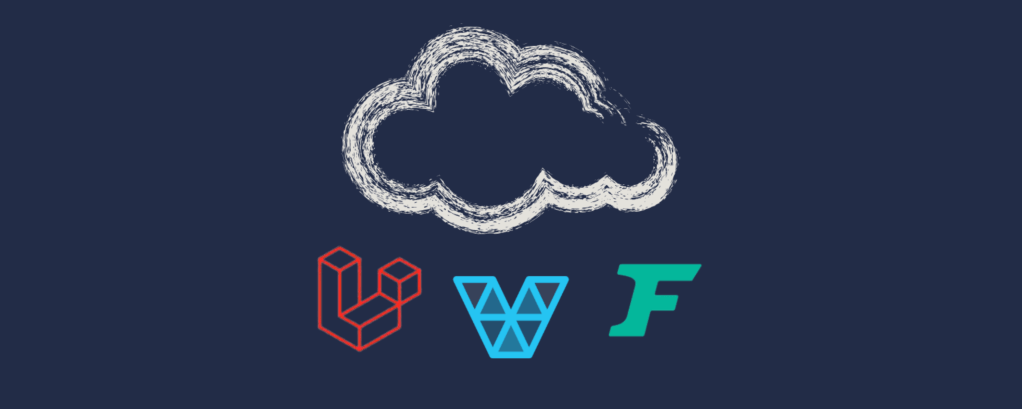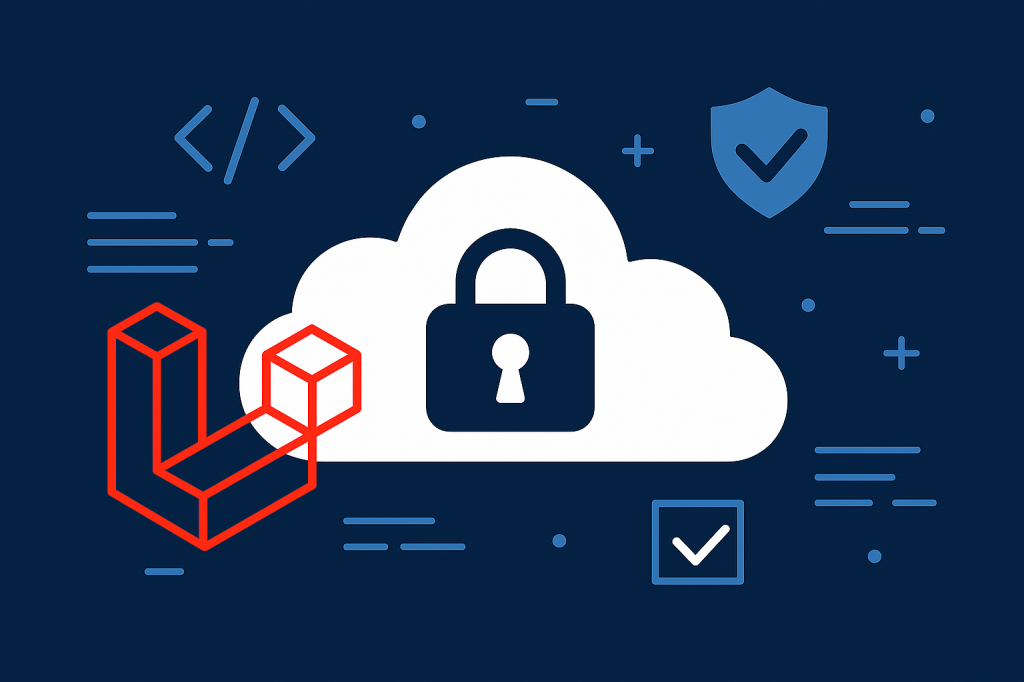AI agent frameworks are revolutionizing the way developers design intelligent systems. They offer the essential tools to build software that can understand its environment, make decisions, and take action—all without requiring continuous human input.
Whether you’re designing a chatbot, improving workflows, or experimenting with reinforcement learning, choosing the right framework can make a huge difference. This guide highlights the top AI agent frameworks of 2025 to help you select the best option for your project.
In our previous article, we explored the leading AI platforms driving business growth in 2025, highlighting how strategic investments in adaptable, secure, and scalable solutions can unlock new levels of productivity and innovation. Building upon that foundation, we’ll now dive into the specialized tools that empower developers to create intelligent systems tailored to specific needs. In this post, we’ll examine the top AI agent frameworks of 2025, providing insights to help you select the best option for your projects.
What Are AI Agent Frameworks?
AI agent frameworks streamline the development, deployment, and management of AI systems. Instead of building everything from scratch, developers can use pre-built tools and components that make the process faster and more efficient. These frameworks handle tasks like decision-making, communication, and learning, so you can focus on solving real-world problems.
Why Consider an AI Agent Framework?
- Faster Development: Pre-designed tools reduce the time spent coding
- Consistency: Provides a standardized approach, making teamwork easier
- Scalability: Works for both small-scale and complex, multi-agent systems
- Accessibility: Makes AI development easier for teams of all skill levels
- Encourages Innovation: Frees up time to focus on creative problem-solving
What to Look for in an AI Agent Framework
When evaluating frameworks, consider:
- Scalability: Can it handle your project’s growth and complexity?
- Integration: Will it work seamlessly with your existing tools or APIs?
- Customizability: Does it allow you to tailor solutions to fit your specific needs?
- Performance: Is it reliable and fast?
- Community Support: Are there resources and forums for troubleshooting?
👋 Interested in learning more about AI agent frameworks? Let’s get a conversation started.
Top AI Agent Frameworks for 2025
LangChain

LangChain excels at building applications powered by large language models (LLMs). It simplifies complex workflows like context management and multi-step tasks.
- Key Features:
- Tools for workflow creation and context handling
- Integration with multiple LLMs (e.g., OpenAI, Hugging Face)
- Support for semantic search and API interaction
- Best For: Conversational AI, research tools, and document analysis
- Platform Integration: LangChain integrates seamlessly with cloud platforms such as Amazon Web Services (AWS), Google Cloud Platform (GCP), and Microsoft Azure. This compatibility allows developers to leverage cloud-based storage, computing resources, and machine learning services to enhance their applications.
LangGraph
LangGraph builds on LangChain, focusing on multi-agent systems that can collaborate and adapt.
Key Features:
- Coordination tools for multiple agents
- Visual graph-based workflows
- Advanced error-handling capabilities
Best For: Storytelling, multi-step chatbots, and strategic planning tools
Platform Integration: LangGraph integrates well with platforms that support graph-based data structures, enhancing its capability to manage complex agent interactions. It is built upon the LangChain framework and integrates seamlessly with LangSmith, providing tools for developing, deploying, debugging, and monitoring agentic applications.
CrewAI
CrewAI is designed for teamwork. Its role-based architecture helps specialized agents work together effectively.
- Key Features:
- Dynamic task planning with conflict resolution
- Role-based design for specialized agents
- Simulation tools for testing
- Best For: Healthcare coordination, project management, and environmental planning
- Platform Integration: CrewAI is compatible with collaborative platforms and project management tools, facilitating seamless communication and task allocation among agents. It integrates with cloud platforms such as Amazon AWS, providing scalable computing and machine learning tools.
Microsoft Semantic Kernel

This enterprise-friendly framework integrates traditional development tools with AI capabilities.
- Key Features:
- Multi-language support (C#, Python)
- Workflow orchestrators for complex tasks
- Strong focus on security and compliance
- Best For: Enterprise-level tools, document workflows, and chatbots
- Platform Integration: Microsoft Semantic Kernel is designed to work with models from various AI providers like OpenAI, Azure OpenAI, and Hugging Face. It integrates seamlessly with Microsoft’s ecosystem, including Azure services and Microsoft Graph, enabling developers to build AI agents that can call existing code and automate processes.
Microsoft AutoGen
AutoGen is built for advanced multi-agent systems, offering flexibility and enhanced context management.
- Key Features:
- Modular architecture for flexibility
- Memory and context tracking
- Human-in-the-loop capabilities for error handling
- Best For: Brainstorming tools, automated coding assistants, and conversational AI
- Platform Integration: AutoGen integrates with various AI models and supports multi-agent conversations. It is compatible with Python and .NET, and includes AutoGenStudio for low-code configuration of AI agents within a user-friendly interface.
OpenAI Gym
OpenAI Gym is widely used for reinforcement learning, offering a variety of environments for training agents.
- Key Features:
- Diverse training environments, from games to robotics
- Active community and resources
- Best For: Game development, robotics, and academic research
- Platform Integration: OpenAI Gym is a toolkit for developing and comparing reinforcement learning algorithms. It integrates with various machine learning libraries and frameworks, providing a standardized environment for training and testing reinforcement learning agents.
Rasa

Rasa is an open-source framework for developing customized conversational AI solutions.
- Key Features:
- Highly customizable AI models
- Integration with various platforms
- Best For: Industry-specific chatbots and enterprise-grade virtual assistants
- Platform Integration: Rasa offers robust integration capabilities, allowing deployment across multiple platforms. It supports connections to messaging channels such as Facebook Messenger, Slack, Telegram, Twilio (for SMS and WhatsApp), and custom channels, enabling seamless communication across various mediums. Additionally, Rasa can be integrated with customer relationship management (CRM) systems like HubSpot, enhancing its utility in managing customer interactions.
JADE (Java Agent Development Framework)

JADE is a lightweight framework tailored for distributed systems, especially in IoT environments.
- Key Features:
- Platform-independent and lightweight design
- Strong communication protocols for distributed systems
- Best For: IoT device coordination and managing distributed systems
- Platform Integration: JADE is implemented in Java and is platform-independent, making it suitable for various operating systems. It integrates well with IoT platforms and supports communication protocols essential for distributed systems, facilitating efficient coordination among devices.
| Framework | Ideal Applications | Unique Features |
|---|---|---|
| LangChain | Conversational AI, research assistants | LLM integration, multi-step task execution |
| LangGraph | Storytelling, multi-step chatbots | Graph-based workflows, adaptive execution |
| CrewAI | Collaborative problem-solving | Role-based architecture |
| Microsoft Semantic Kernel | Enterprise-grade applications | Multi-language support, security features |
| Microsoft AutoGen | Task automation, conversational AI | Modular design, human-in-the-loop features |
| OpenAI Gym | Reinforcement learning, gaming AI | Training environments for RL |
| Rasa | Custom conversational AI | Highly customizable, open-source |
| JADE | IoT coordination, distributed systems | Lightweight, platform-independent |
How to Choose the Right Framework
To find the best fit for your project, consider the following:
- Goals: Are you building a chatbot, IoT system, or game AI?
- Expertise: What tools or programming languages is your team comfortable with?
- Budget: Would an open-source option work, or do you need proprietary tools?
- Scalability: Can the framework grow with your needs?
- Community Support: Is there a strong network for guidance and resources?
Final Thoughts
Today’s developers have access to a variety of AI agent frameworks that make it easier to create smarter, more efficient systems across industries. Whether you’re leveraging LangChain for advanced language processing, using Rasa to build a custom chatbot, or exploring reinforcement learning with OpenAI Gym, there’s a framework designed to meet your specific needs. By focusing on your project’s goals and priorities, you can choose the option that’s the best fit. Why wait? Start exploring these tools and bring your ideas to lifeExplore these frameworks and bring your ideas to life!
How Curotec Can Help
Curotec specializes in designing AI-driven solutions that fit your unique business needs. Whether you’re looking to integrate enterprise tools like Microsoft Semantic Kernel or build a custom chatbot with Rasa, we can help make your vision a reality. Reach out today to learn how we can bring AI innovation to your business.



